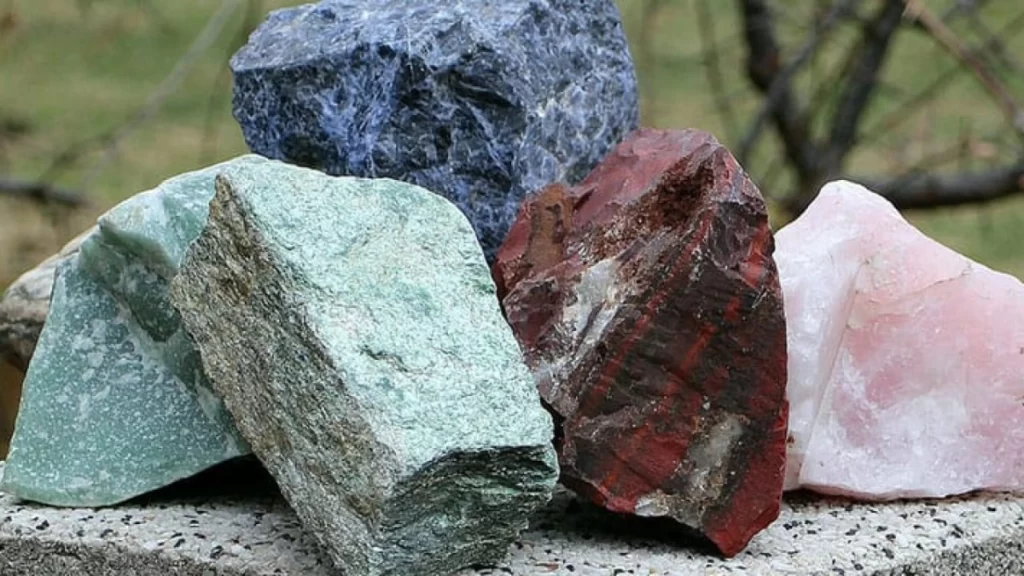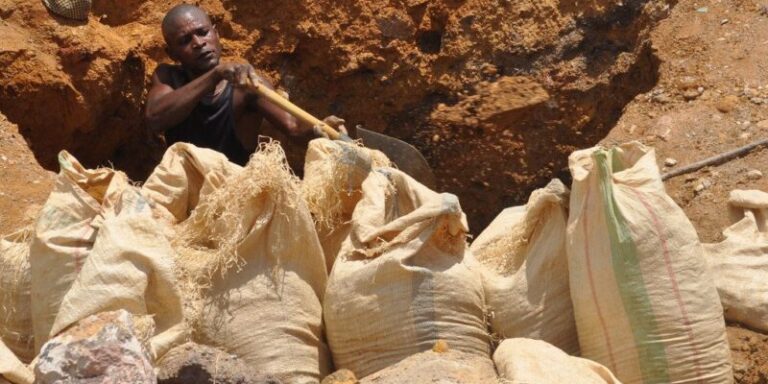
Infrastructure investment in southern Africa is expected to be crucial for supporting the region’s mineral exports and production.
With 30% of the world’s mineral reserves in Africa, including cobalt, copper, manganese and lithium, there is a growing need for essential minerals to power the green revolution.
To fully realize the potential of these lucrative minerals and avoid the resource curse, southern African governments must prioritize substantial infrastructure expenditures, particularly in transportation and processing facilities, which are critical components of the mining value chain.
Infrastructure Investments Improve South African Exports
Despite its mineral wealth, South Africa faces considerable hurdles in its mining industry due to infrastructure constraints.
Transnet, the state-owned rail and port operator, has been dealing with inefficiencies in managing coal and bulk exports, which have been worsened by theft, illegal mining and labor strikes.
Kumba Iron Ore, a significant industry participant, has even revised its output forecast downward owing to a shortage of freight trains to transport its iron ore production to ports.
Investors and bankers are concerned about the lack of locomotives and the imminent risk of stage eight load shedding, which might impose constraints on Transnet to encourage much-needed reform.
As such, the South African government is taking proactive initiatives to improve the country’s railway system in order to overcome these infrastructural challenges.
Measures include the implementation of the National Rail Policy, which aims to modernize and restructure the rail industry, allowing third-party access to the network.
As part of this approach, the government is developing a Transnet Roadmap and intends to appoint a new Infrastructure Manager for the rail network by October 2023.
Transnet is also actively trying to resolve challenges associated with securing required locomotives from Chinese manufacturing giant CRRC.
The Lobito Corridor: A catalyst for mineral development
The Lobito Corridor intends to overcome the logistical and infrastructural difficulties that impede the southern African mining sector.
The project comprises a railway connecting the Democratic Republic of Congo and Zambia’s copperbelt to international markets via Angola’s seaport of Lobito, and has the potential to boost all three countries’ economies.
The Lobito Corridor is a crucial export route and is set to catalyze both mineral and economic growth. Spearheaded by the Lobito Atlantic Railway – a consortium comprising multinational commodities firm Trafigura, global construction firm Mota-Engil and independent rail operator Vecturis SA – the project will enhance export efficiency while reducing time taken from extraction to port.
Enhancing Value Addition through Policy
Namibia and Zimbabwe have adopted a strategic approach to addressing their mining infrastructure challenges.
Zimbabwe implemented a prohibition on illicit artisanal mining as well as unprocessed mineral exports in December 2022, capitalizing on its position as the largest holder of hard rock lithium deposits, which are crucial for clean energy technology.
In June 2022, Namibia adopted a similar ban, expanding it to include rare earth minerals such as dysprosium and terbium, which are required for electric vehicle batteries and wind turbines.
With these bans, Zimbabwe and Namibia are hopeful that they will encourage private sector investment to develop in-country processing facilities.
This strategy has already shown results, with two lithium processing plants commencing production in Zimbabwe.
Chinese mining conglomerate Sinomine Resource Group completed the construction of a dual lithium processing plant at the Bikita mine while Prospect Lithium Zimbabwe commissioned its $300 million lithium processing plant at the Arcadia open-pit lithium mine.





